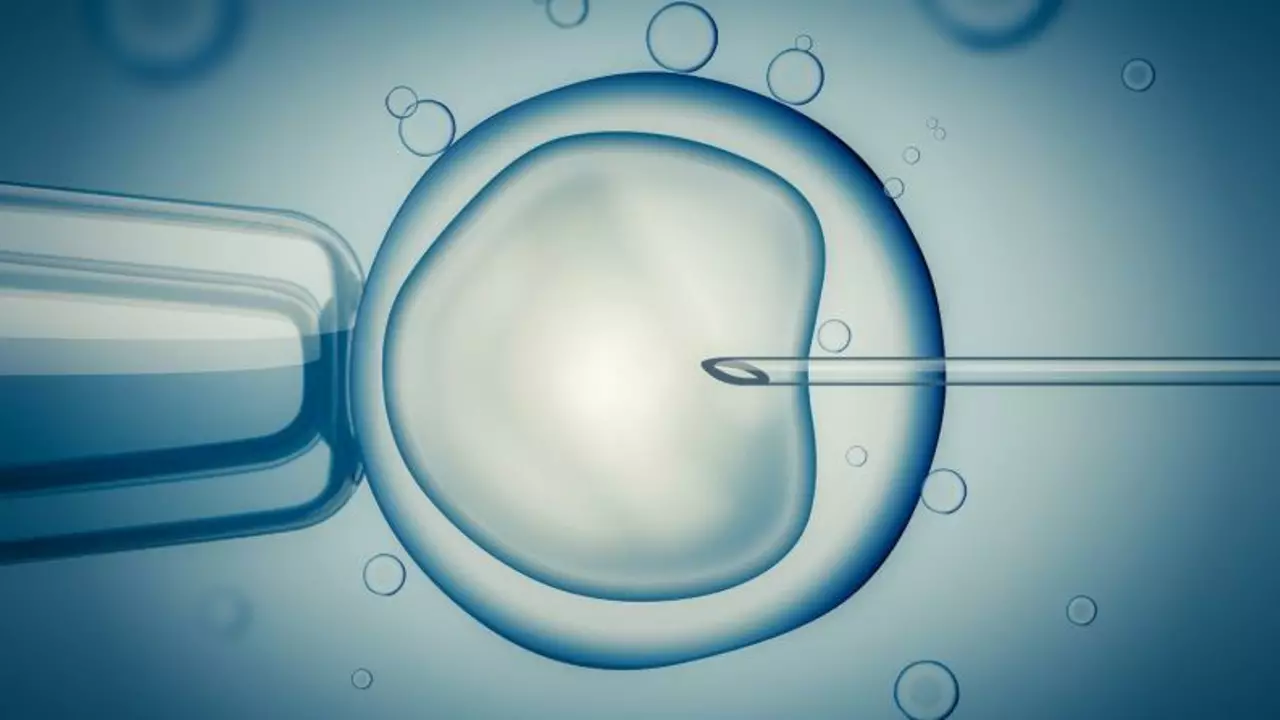Curious about IVF and how it works? This article breaks down the five key stages of IVF, explaining each part in everyday language. You'll learn what actually goes on before, during, and after the process—and pick up tips from real experiences, not textbook advice. Whether you're starting IVF or just want to understand it better, these details make the journey a little less mysterious. Walk away with practical knowledge you can actually use.
Read MoreUnderstanding the IVF Process: Simple Steps and Timeline
If you’re reading this, you probably have questions about IVF and want a clear, no‑jargon guide. In vitro fertilization (IVF) can feel overwhelming, but breaking it down into bite‑size stages makes it easier to follow. Below you’ll find the main phases, how long each usually lasts, and practical tips to keep you calm and informed.
Key Stages of the IVF Cycle
1. Initial Consultation & Testing – Your first visit is all about gathering information. The doctor will review your medical history, run hormone tests, and often do an ultrasound to check ovarian reserves. This step helps decide the right medication dose and gives you a realistic chance of success.
2. Ovarian Stimulation – You’ll start daily injections of fertility drugs for about 8‑14 days. These meds push the ovaries to produce multiple eggs instead of the single one released each month. During this period, you’ll come in for blood draws and ultrasounds to track follicle growth. The goal is to catch the sweet spot when the eggs are mature but not over‑ripe.
3. Egg Retrieval – Once your doctor says the eggs are ready, a short procedure under light sedation pulls them out with a needle. It’s quick, usually under 30 minutes, and most people feel back to normal the same day. The retrieved eggs go straight to the lab for fertilization.
4. Fertilization & Embryo Culture – In the lab, each egg meets sperm (or a single sperm in case of ICSI). The embryos are watched for a few days as they divide and grow. Most clinics let you choose between a fresh transfer (the same cycle) or freezing the best embryos for a later date.
5. Embryo Transfer – This is the moment you place one or two embryos into the uterus using a thin catheter. The procedure is painless, similar to a Pap smear, and needs no anesthesia. After the transfer, you’ll rest briefly and then go home.
6. Luteal Phase Support & Pregnancy Test – For the two weeks after transfer, you’ll take progesterone supplements to keep the uterine lining friendly. At around day 12‑14 post‑transfer, you’ll do a blood test for hCG. A positive result means you’re pregnant; a negative result starts the cycle over, if you choose.
Tips to Make Your IVF Journey Smoother
Plan Your Schedule. Knowing when appointments, injections, and blood draws happen helps you keep work and family life on track. Set reminders on your phone for each injection dose.
Stay Organized. Keep a small notebook with medication names, doses, and side‑effects you notice. This makes it easier to talk to your doctor if anything feels off.
Mind Your Diet. Eat balanced meals with plenty of protein, fruits, and vegetables. Some clinics suggest a low‑caffeine, low‑alcohol diet during stimulation to support egg quality.
Lean on Support. Whether it’s a partner, friend, or online community, sharing how you feel can lower stress. Many people find that talking about fears and hopes makes the process feel less lonely.
Ask Questions Early. Don’t wait for the next appointment to clarify doubts. Write down questions before each visit so you get the answers you need.
Remember, IVF timelines can vary. Some cycles take 4‑6 weeks from start to finish; others may stretch longer if you freeze embryos or need extra medication adjustments. By knowing each step and preparing in advance, you’ll feel more in control and ready for whatever outcome comes your way.
Ready to start? Talk to a reputable fertility clinic, schedule that first consultation, and take the first step toward building your family.





